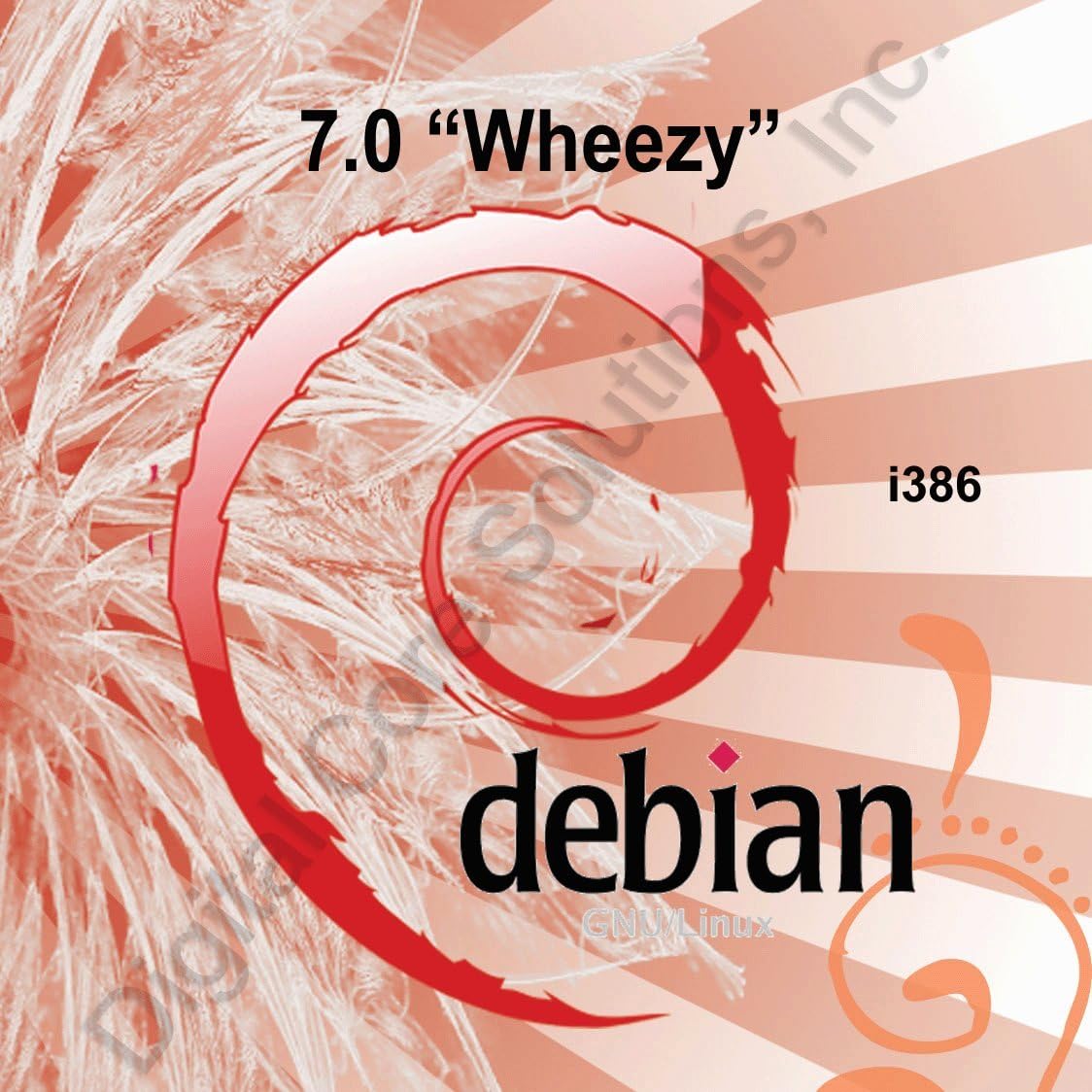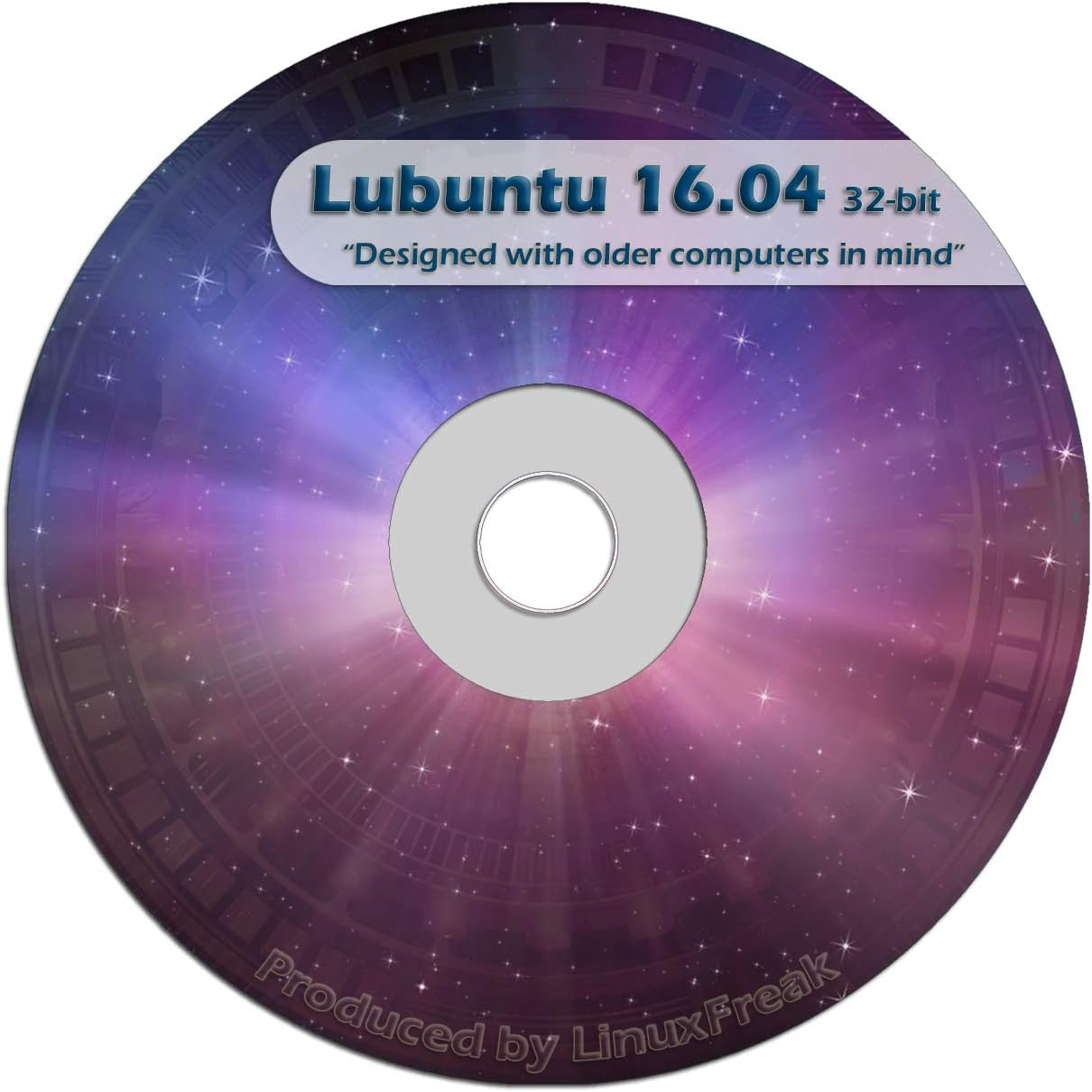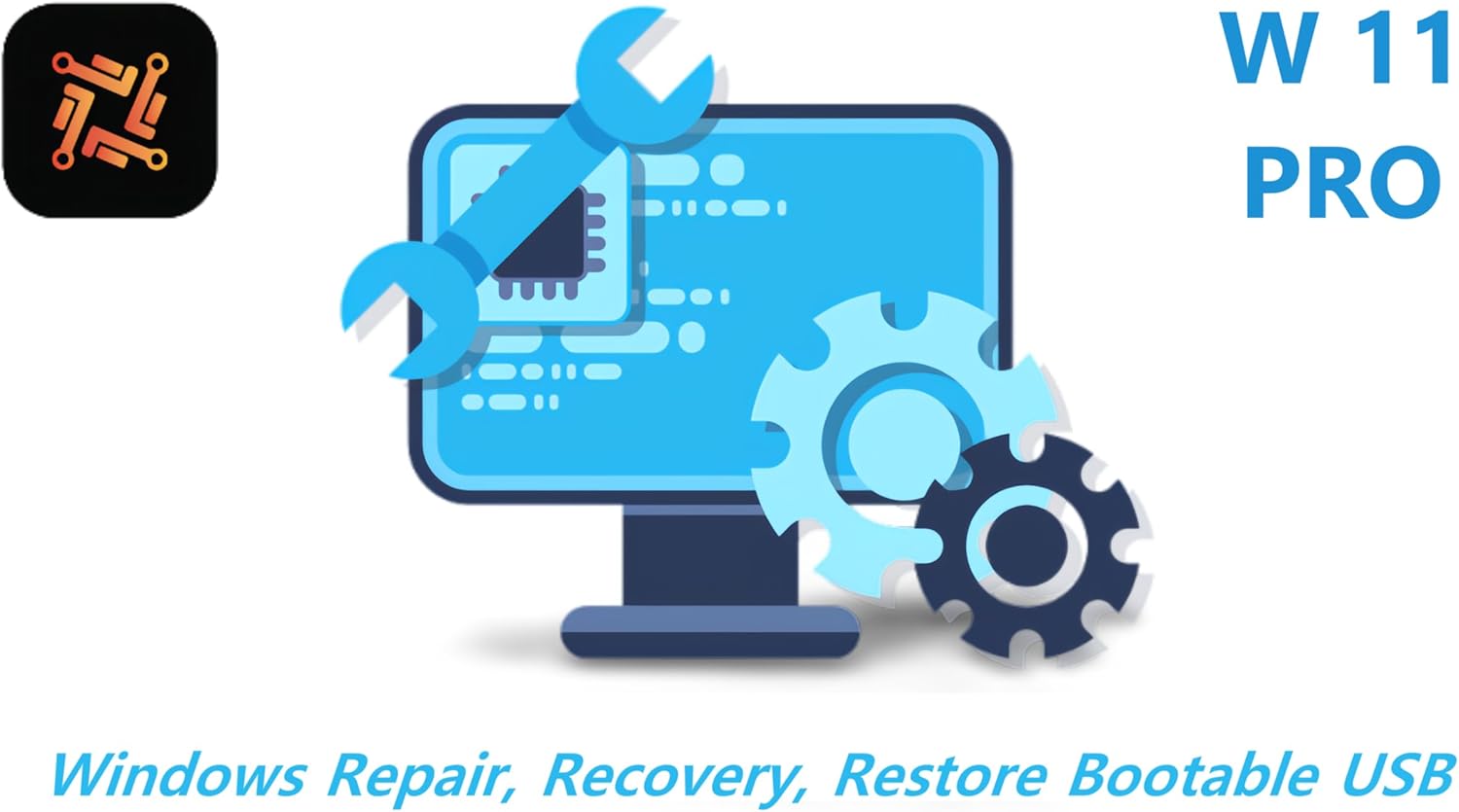Description
Price: $99.99 - $48.98
(as of Sep 21,2025 03:35:40 UTC – Details)
Introducing Red Hat Linux 9: The Ultimate Operating System for Home Computing and Technology Enthusiasts
Are you looking for an operating system that combines the latest Linux technology with a user-friendly interface? Look no further than Red Hat Linux 9. This powerful OS offers unparalleled control in a package that is easy to use, making it the ideal choice for home computing and technology enthusiasts.
Features:
- Red Hat Bluecurve Interface: The Bluecurve interface of Red Hat Linux 9 is designed to be easy to use, allowing you to adjust settings using graphical tools, find applications easily on the organized desktop, and customize your workstation with specific packages and themes.
- Installation: The installation process is straightforward, featuring an easy-to-use tool for selecting package groups that best support your workload. The Setup Agent provides step-by-step guidance for setting up date and time, testing sound cards, registering for Red Hat Network, and installing additional software.
- Applications and Tools: Red Hat Linux 9 comes with conveniently organized menus that make finding applications and tools simple with fewer clicks. Ximian Evolution, an email client, contact manager, and calendar, is included, along with graphical configuration tools for system settings.
Pros:
- User-Friendly Interface: Experience a clean and intuitive desktop environment with GNOME and KDE, making navigation and multitasking a breeze.
- Comprehensive Software Suite: Includes a range of productivity tools, multimedia applications, and development utilities right out of the box.
- Enhanced Performance: Optimized for both home and office use, providing a stable and efficient platform for everyday tasks.
- Secure Environment: Built-in firewalls and security tools protect your data and privacy.
- Easy Installation: Streamlined setup process with clear instructions ensures a smooth installation experience.
- Powerful System Customization: Tailor your Linux experience with versatile configuration options and tools.
- Open-Source Flexibility: Leverage the vast community-driven ecosystem of applications and updates.
- Ideal for Learning: A great starting point for users new to Linux or open-source software.
- Cost-Effective Solution: Access a full-featured operating system without the high costs of proprietary software.
- Community Support: Backed by a robust online community and documentation for troubleshooting and guidance.
With Red Hat Linux 9, you can enjoy the benefits of a powerful operating system that is easy to use, secure, and customizable. Whether you are a beginner looking to learn more about Linux or a technology enthusiast seeking a reliable platform for your computing needs, Red Hat Linux 9 has you covered.
Don’t miss out on the opportunity to experience the latest Linux technology in one convenient package. Upgrade to Red Hat Linux 9 today and take your computing experience to the next level!













PJ. B –
Very unforgiving.
Could have included fixes that just weren’t there. Hence any real hardware problem prevented it from being installed. Could not install even in the least with a network connection and very time consuming trying to work out the snafus.
djf –
BlueCurve is exceptional
I dual boot my Dell laptop (with no help from Dell because of Microsoft $$$) using XP and RedHat9.0.With RH9 I can barely tell the difference between it and XP – plus all of my Office and Email packages are free. If it was not for the WinTel modem (Dell does not supply linux drivers) I would rarely need to even use XP – I used XP about 20% of the time with RH8 and only use XP about 5% of the time with RH9.In summary I have one expensive XP install, and 6 other old computers on my home network running RedHat and SUSE for free…. And Amazon[.com] did a great job sending RH9 – I just placed the order 2 days ago and thought it would take weeks.
MP –
No support from reseller
The software works great. The reseller refused to get me a registration card to make support available from red hat.
Freq Online Shopper –
Pay for the support or shop else where
I used Unix many years ago and thought it could be a fun to install Linux in my old desktop. Without understanding the status of Red Hat Linux or the available choices, I bought an used Red Hat Linux 9. The installation was not a problem but I quickly ran into a series of problems that my 3Com wireless USB and USB mouse do not work and the Firefox that came with the Linux could not open Google’s webpage.After some study on the internet, I realized that Red Hat Linux 9 was so old that it requires a lot of update to work with the new hardware or the latest websites. Unless one is willing to pay the annual charge to Red Hat, Linux fan should look for other options.
J Salter –
Linux is great, if not fully compatible with all hardware
First, let me start off by noting that almost all of the reviewers that gave Red Hat Linux 9 very low marks had mostly hardware incompatibility issues. They bought Red Hat, threw the CD in the CD drive, and hoped for the best, expecting it to be able to successfully detect and configure all of their particular hardware.While Linux has made tremendous strides in hardware compatibility and usually can work with most hardware right out of the box, it does not have the advantage of market critical mass and monopolistic power that Microsoft has. Thus, all vendors that sell hardware for the home PC provide drivers for Windows, being that Windows has about 95% of that market. That being said, Linux now has made tremdous stides in hardware support. It supports most major hardware products, but lacks in the area of some of the more exotic or bleeding edge graphics cards, sound cards, network cards, and most winmodems. It’s getting better all the time (due to open source developers reverse engineering, and many vendors providing drivers), but Linux can’t boast the level of hardware support that Windows can, due to market realities.The people who gave bad reviews attempted to blindly install Red Hat Linux on their machines, without checking for hardware support ahead of time. Thus, due to hardware incompatibility or configuration, they had headaches and wrongly blamed Linux.My personal experience with Linux in general and Red Hat 9 in particular has been wonderful. I’ve installed it on an IBM Thinkpad 600E. The installation went smoothly and I only had to manualy choose the correct video driver. It did not detect the Mwave internal winmodem (I expected this) and did not detect the sound card, but I do not need sound on my notebook. Apparently it is possible to configure so that Red Hat can use the sound card, but I don’t need it. But Red Hat did seamlessly detect everything else and it all worked beautifully.I’ve had a lot of fun with Linux. I’m a programmer and it is chaulk full of development tools (without having to pay mega $ for MS Visual Studio). Linux is a programmers paradise. It also has everything MS Office has (with Open Office and KOffice). It can manipulate graphics with the GIMP, it has tons of games, and endless configuration possibilties. RH Linux loads both the Gnome and KDE desktop environments, and it’s fun to play with both, being that they are not exactly alike, and both have different strengths and weeknesses. And both, quite frankly, are much more attractive and fun to use than the Fisher Price interface of Windows XP. They are also far more configurable, with much more eye candy than XP. I’ve also been able to successfully download and install and use huge software titles like JBuilder 5 and Eclipse (Java Integrated Development Environments).I’ve also been completely impressed with the amazing stability and efficiency of Linux. I can crash an application, but it never affects the OS. I just have to kill the app, and everything else goes about it’s merry way without a hitch. Contrast that with Windows XP, and all of it’s bugs and the slightest application problem can bring it to it’s knees (prompting you to send a bug report to MS). Or, of course, the infamous Blue Screen of Death. No BSOD in Linux at all. And finally, there are far fewer virus worries with Linux.In short, Linux is great. It might be a bit rough around the edges for some newbie/non technical users, but it is very easy to use (just requires a small learning curve, just like anything else new) and can do so many great things, at a small fraction of the cost of MS alternatives.Those new to Linux should probablly start off with a distribution that runs from a CD, like Knoppix. Knoppix automatically detects and configures your hardware. All you have to do is pop the CD in and reboot. And it is completely risk free because it does not touch your hard drive. Knoppix can give you a taste of how great Linux can be. And if you like what you see, you should first check hardware compatibility at the distros web site, thanprobably re-partition your hard drive with Partition magic. And of the distro set up routines will detect the partitions and allow you easily set up a dual boot PC. Alternatively, buy a whole new PC with Linux pre-loaded (ensuring hardware compatibility). You can do that here at Amazon, or Walmart or Lindows.com, or many others. You can get a new PC for as little as $200 (the cost of WinXP by itself).But do give it a try and be prepared for hardware compatibility and that it is a different OS, so there will be a small learning curve. It’s very well worth the effort.The only reasons I did not give Red Hat Linux 9 the full 5 stars is because Red Hat has ended their retail product, concentrating on the enterprise. Also, Red Hat Linux does not include a disc partitioning tool like Mandrake and SuSE do. But I’ve loved it. I’m now looking forward to partitioning my eMachines PC with WinXP, and loading a dual boot Linux installation. I just have not decided which distribution it’s going to be.
Impailer1 –
Had to return
Product was fine was no support for SATA hard drives so was unable to install on system I wanted to use
Pedro M. Rosario Barbosa –
Less Than What I Expected
I expected very much the release of RedHat 8.1 with a bit of impatience, and I was glad when I heard that it was not RedHat 8.1, it was going to be RedHat 9!When it was released I bought it, to find myself so disappointed in many aspects.First I’m going to mention the virtues. It has not changed much and it looks in most ways very similar to RedHat 8.0. The only significant difference is the upgrade of GNOME to 2.2, and KDE 3.1, both very beautiful and easy to handle. It can be very easily installed, you can make several logical partitions of the Hard Drive with Disk Druid (specially using “ext3 and “swap”). Recognizes almost all the hardware in your system, I don’t even have to configure GNU/Linux for it to recognize my two CD Drives (a DVD Drive and a CD-RW Drive).Now the negative part. RedHat 9 is very buggy, specially concerning graphics. When I began using RedHat 9, I noticed that there were some lines going down the screen that made it uncomfortable to see what was going on or what you were doing. I have to constantly reboot my computer once I log out to eliminate it.. still with that there are other small graphic problems. According to one user, this problem is corrected using VESA as the default graphic card.Before, with RedHat 8, it configured my Hauppage WinTV perfectly, and I could run XawTV without any kinds of problems. This is not the case with RedHat 9. The XawTV apparently is buggy or doesn’t configure the TV Card correctly. I had lots of trouble using XCDRoast which crashed constantly every time I tried to record some file in the CD-RW. This also didn’t happen with RedHat 8.Also, there are some facts that for me are so surprising coming from RedHat, if they wish to maintain their status as the most popular GNU/Linux distribution. First, during the installation procedure, RedHat 9 doesn’t offer (yet!!) in its graphic installation the option of formatting the Hard Drive using ReiserFS filesystem. You have to go to command prompt, and write “mkreiserfs /dev/hdx” where x is the number of the logical drive you want to format, then go again to the GUI and click “Reset” so that the ReiserFS format appears, and in the process of assigning “root”, “boot”, “usr”, etc., you have to constantly tell the machine that you don’t want to choose a format. If you want multiple partitions, it is recommended to have it partitioned previously (Mandrake is good for that, and also Partition Magic) so you can format with ReiserFS more effectively.Furthermore, they didn’t do the least effort to make it more user friendly, specially for those who use Winmodems. It is incredible that a distribution like Lindows OS (for me, not a good distribution) in its most recent release included them, and RedHat has not included them in any way. This will make the Linux users (specially beginners) to go through all the task of figuring out where to download the drivers, how to compile them and install them, and then configure the Winmodem so that it works (which for a beginner, it is a very tedious, frustrating and long process).I don’t know what happened to RedHat people this time, but I don’t think they made a good job doing this new release. What happened was that I reinstalled RedHat Linux 8, and will stay with it until they release the next one (9.1 or the 10)…. believe me, you won’t regret it, and you won’t miss RedHat in any way. It is the best GNU/Linux distribution today….